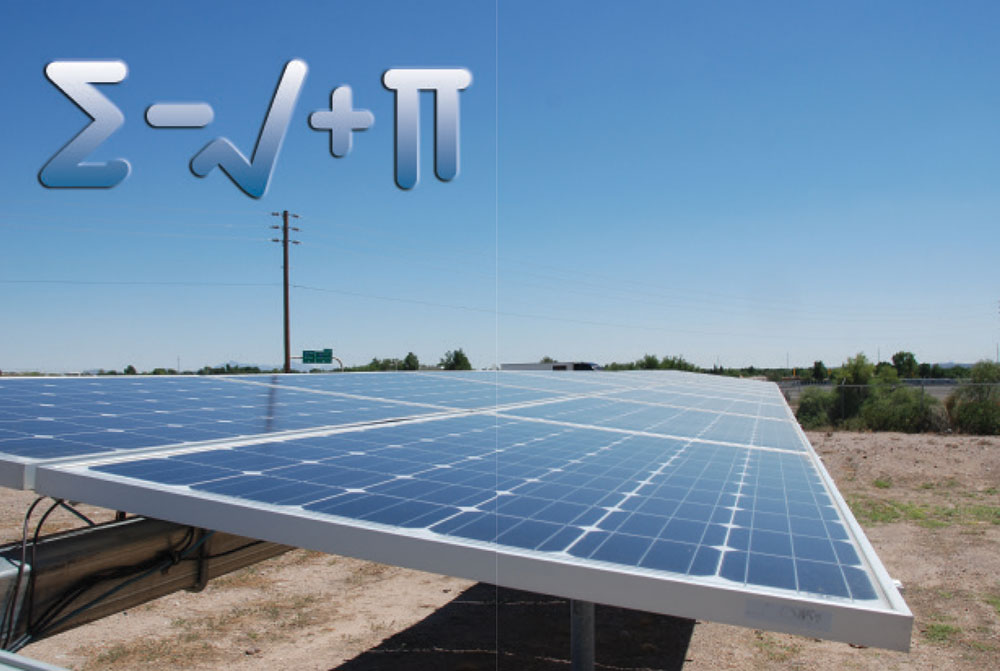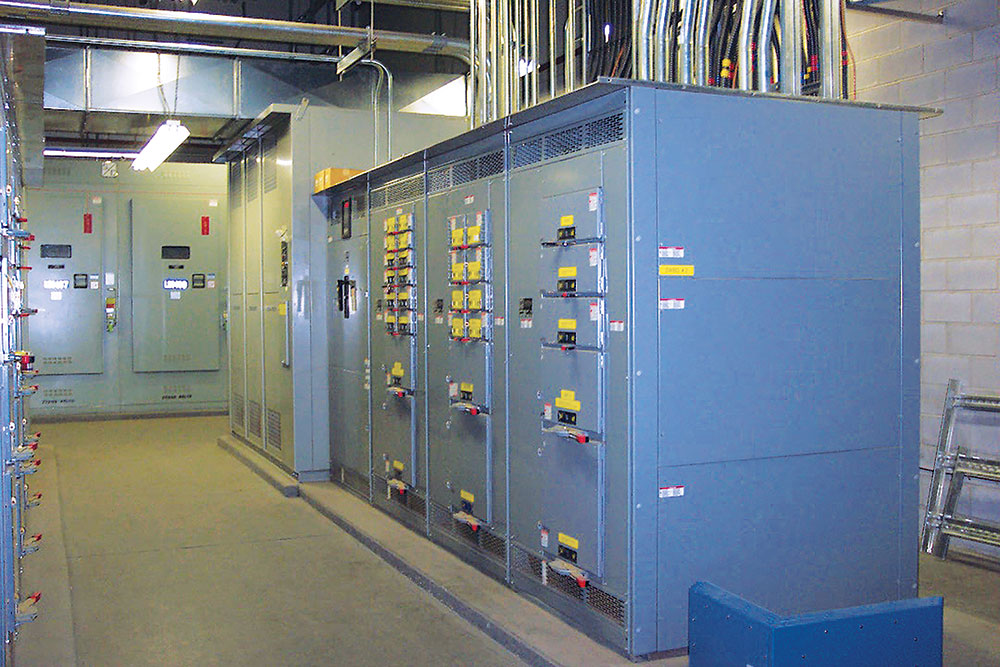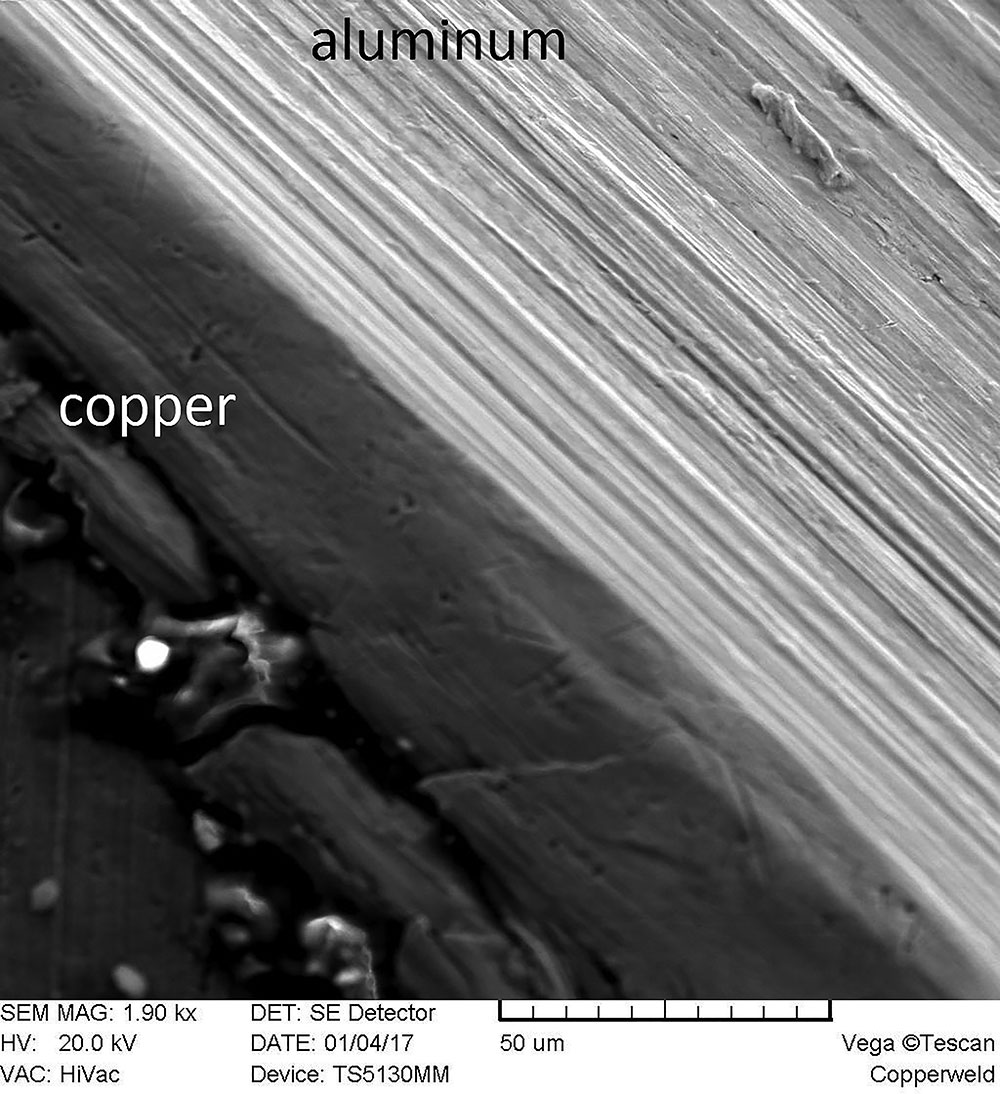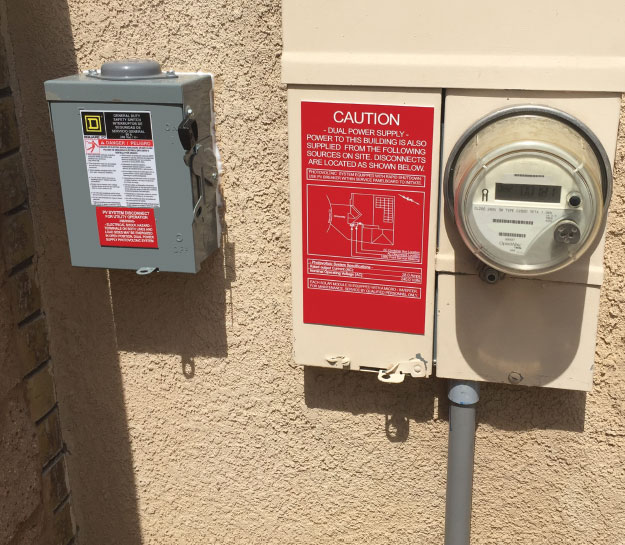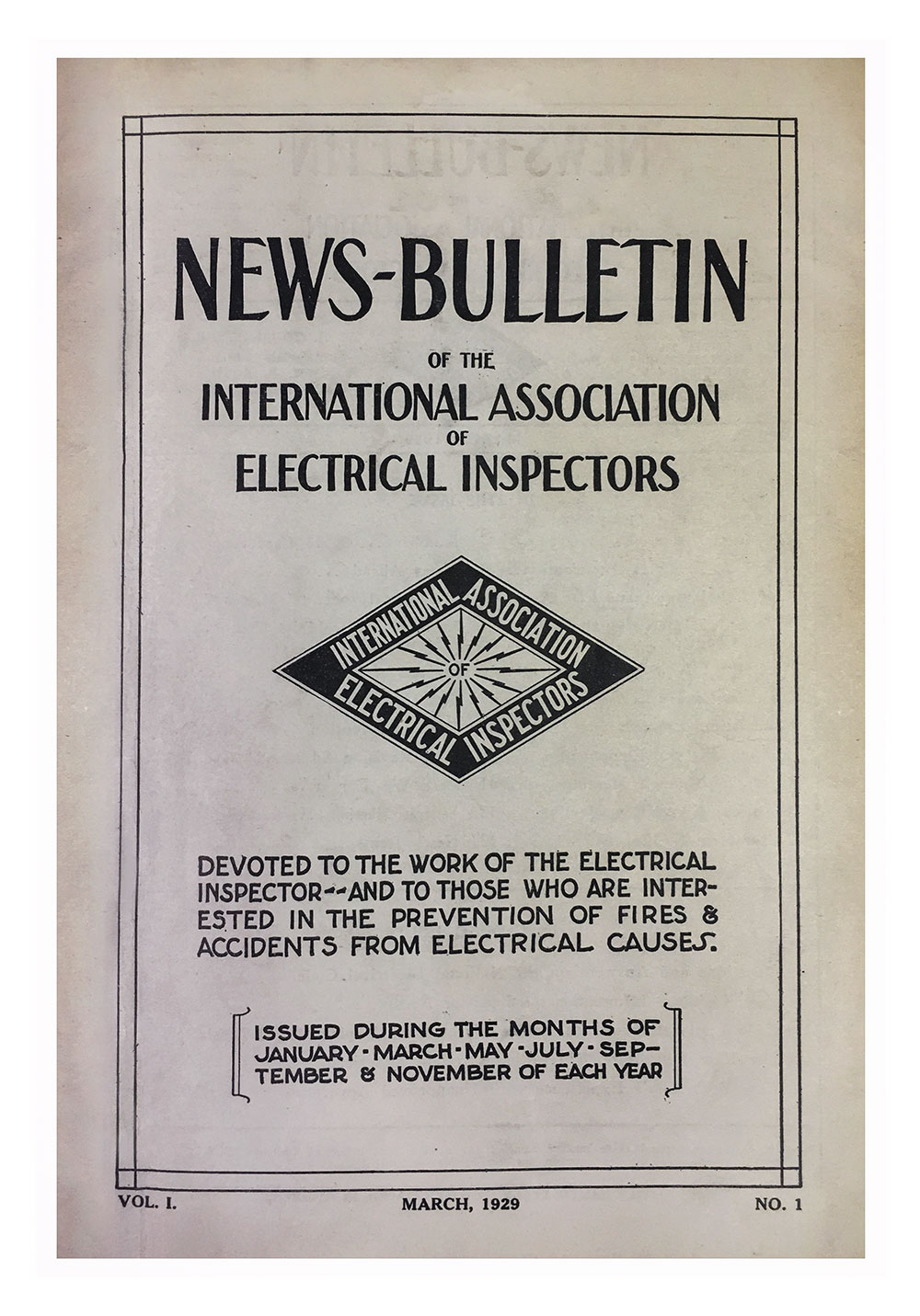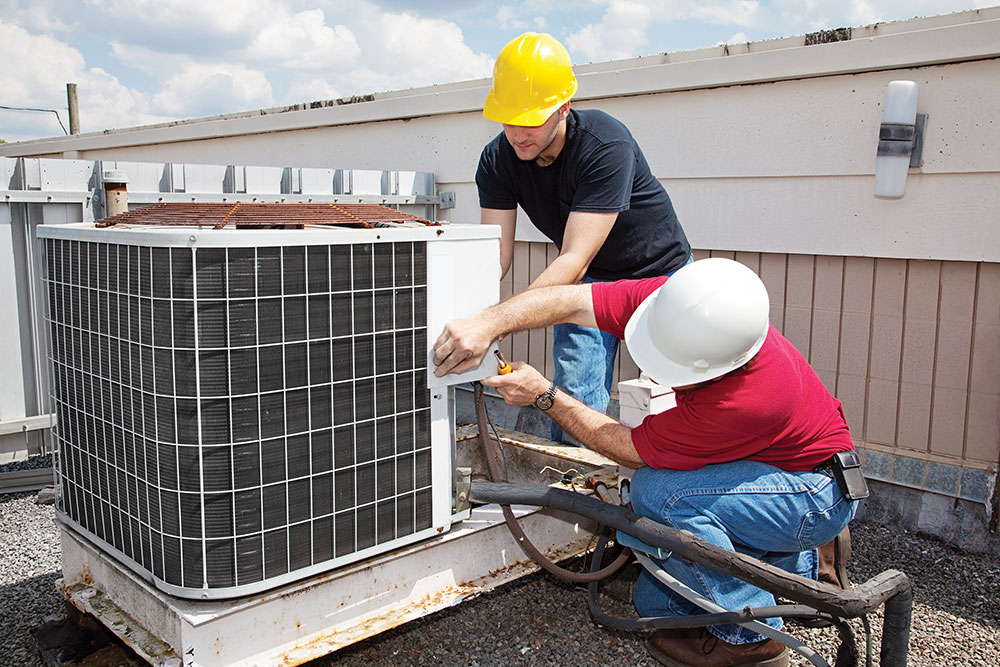What is it that separates capable presenters from those who struggle? Why do some presentations elicit enthusiastic responses, while others are, frankly, dismal failures? Is it the content, the preparation, the person, or something else?
The direct current output of a dc PV module varies with the sunlight intensity, the temperature of the module, and the load connected to that module.
To start with let’s look at the different types of ground fault protection. The remainder of this article will focus on ground fault protection requirements for distribution equipment.
As buildings are updated with high-efficiency LED light sources, energy codes generally require that the lighting control systems also be updated to satisfy new, more efficient performance requirements.
I was recently asked this question by a group of electrical engineers in conjunction with the NFPA 20 requirement for an overcurrent device protecting feeder conductors to the fire pump controller from the normal power supply source to carry a fire pump locked rotor current indefinitely.
The new Copper-clad aluminum building wire (Cu-Clad), however, displays improved physical characteristics due to the alloying of its core, designed to improve its application to building wire.
The purpose of this article is to inform, educate, and offer guidance in properly identifying when an AC disconnect is required for a residential or small commercial PV installation.
I see that a new Section 725.144(B) in the 2017 NEC addresses LP cable. What is LP cable?
Over the years, IAEI magazine has undergone a major transformation. Today the average issue has 112 pages and contains articles based on both the NEC and the CE Code.
Understanding the information on equipment nameplates is essential to properly evaluate an air conditioner or heat pump installation. This understanding simplifies the selection of the correct branch-circuit conductor size, the type and rating of the overcurrent protection device, and the size of the disconnecting means.



